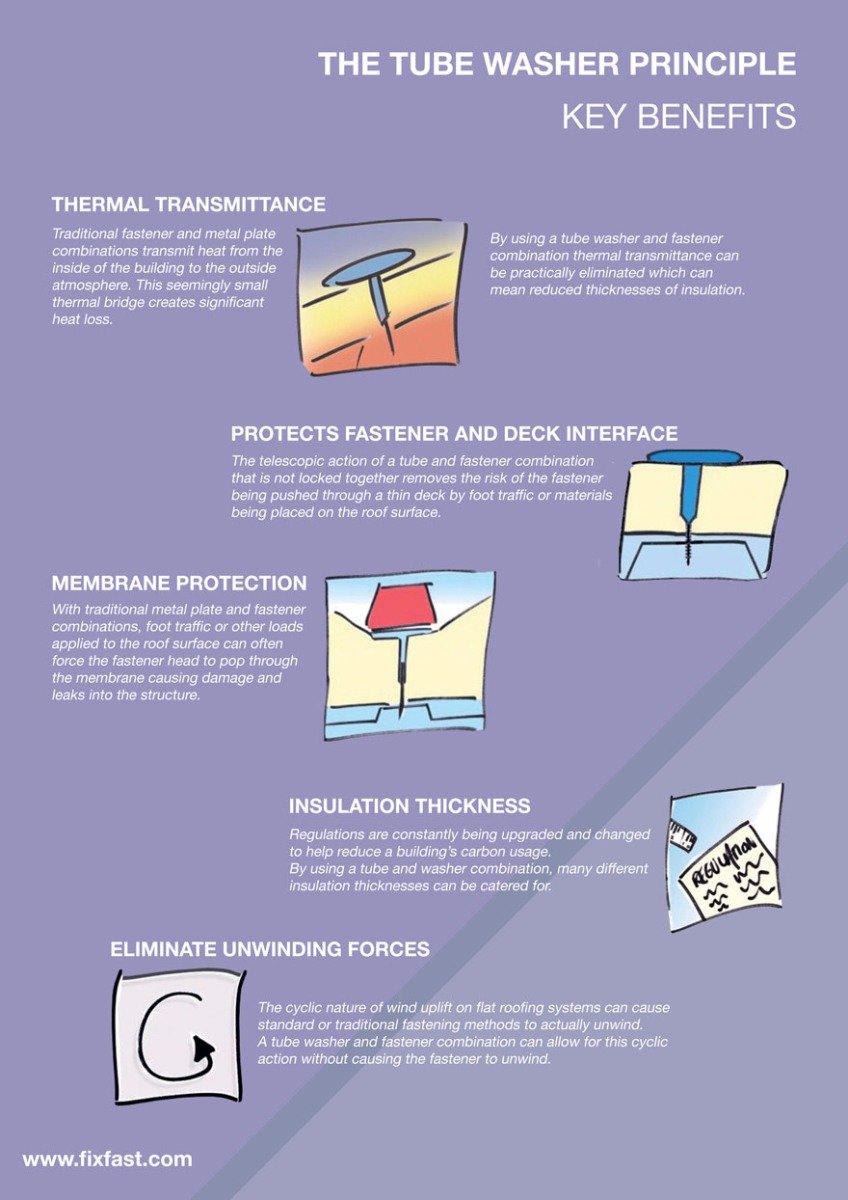Explore The Complicated World Of Photovoltaic Technology And Reveal The Interesting Procedure By Which Sunshine Is Converted Into A Functional Resource Of Power
Explore The Complicated World Of Photovoltaic Technology And Reveal The Interesting Procedure By Which Sunshine Is Converted Into A Functional Resource Of Power
Blog Article
Written By-Bigum Erickson
So, you've heard about solar panels and their potential to produce power from sunshine, but how specifically do they function? Comprehending the detailed technology behind solar panels can be an interesting trip right into the globe of renewable energy. From the standard principles of photovoltaic cells to the intricate components that compose a photovoltaic panel system, there's an entire world of understanding waiting to be explored. Let's untangle the secrets of photovoltaic panel modern technology with each other.
Solar Panel Technology Fundamentals
To really understand the essence of photovoltaic panel modern technology, you must explore the essential principles that underpin its functionality. Solar panels contain solar batteries, commonly made from silicon, which have the amazing ability to convert sunlight into electrical power through the photovoltaic or pv effect. When largest solar energy company hits the cells, the photons in the light interact with the silicon atoms, causing the electrons to break free from their atomic bonds. This creates an electric current that can after that be used for powering various devices.
The crucial element of solar panels is the semiconductors within the solar batteries, which promote the conversion of sunlight right into usable electricity. These semiconductors have both favorable and adverse layers, producing an electric field that permits the circulation of electrons.
This circulation of electrons, when linked in a circuit, produces direct current (DC) electrical power. Recognizing these standard concepts is essential for valuing just how photovoltaic panels can harness the sunlight's energy to power homes, businesses, and even satellites precede.
Exactly How Solar Panels Generate Power
Solar panels harness the sunlight's power by transforming sunlight right into electricity through a process referred to as the solar impact. When https://www.sciencedaily.com/releases/2022/09/220928094838.htm hits the photovoltaic panels, the photons (light particles) are taken in by the semiconducting materials within the panels, generally constructed from silicon. This absorption produces an electric current as the photons knock electrons loosened from the atoms within the product.
The electrical fields within the solar batteries then require these electrons to move in a specific instructions, creating a direct existing (DC) of electrical power. This direct current is after that gone through an inverter, which transforms it into rotating existing (AIR CONDITIONING) electricity that can be utilized to power your home or company.
Excess power produced by the photovoltaic panels can be kept in batteries for later use or fed back into the grid for credit with a process called net metering. Recognizing just how solar panels create electricity is vital to appreciating the ecological and cost-saving advantages of solar power systems.
Recognizing Solar Panel Parts
One vital facet of solar panel technology is recognizing the numerous components that compose a photovoltaic panel system.
The crucial parts of a photovoltaic panel system consist of the solar panels themselves, which are composed of photovoltaic cells that convert sunlight right into electrical energy. These panels are installed on a structure, often a roofing system, to catch sunlight.
Along with the panels, there are inverters that transform the straight present (DC) electrical energy generated by the panels right into alternating existing (AIR CONDITIONER) electrical energy that can be utilized in homes or organizations.
The system also includes racking to support and place the photovoltaic panels for optimal sunlight exposure. In addition, cords and adapters are necessary for transferring the electrical energy created by the panels to the electric system of a structure.
Last but not least, a tracking system may be included to track the efficiency of the photovoltaic panel system and ensure it's functioning efficiently. Comprehending these components is crucial for any person aiming to set up or utilize solar panel technology successfully.
Final thought
Now that you understand the fundamentals of solar panel innovation and exactly how it works, you can appreciate the power of taking advantage of sunlight to produce clean and renewable resource for your structure. By making use of the solar impact and elements like inverters and keeping track of systems, you can add to an extra lasting future while likewise potentially reducing power prices. Maintain learning and checking out the possibilities of solar power for a greener tomorrow.
